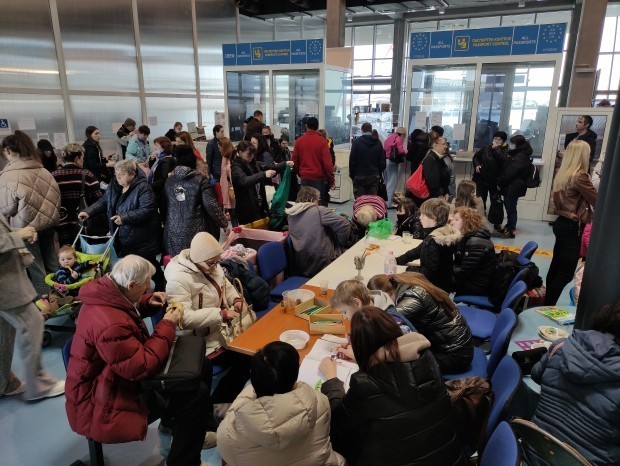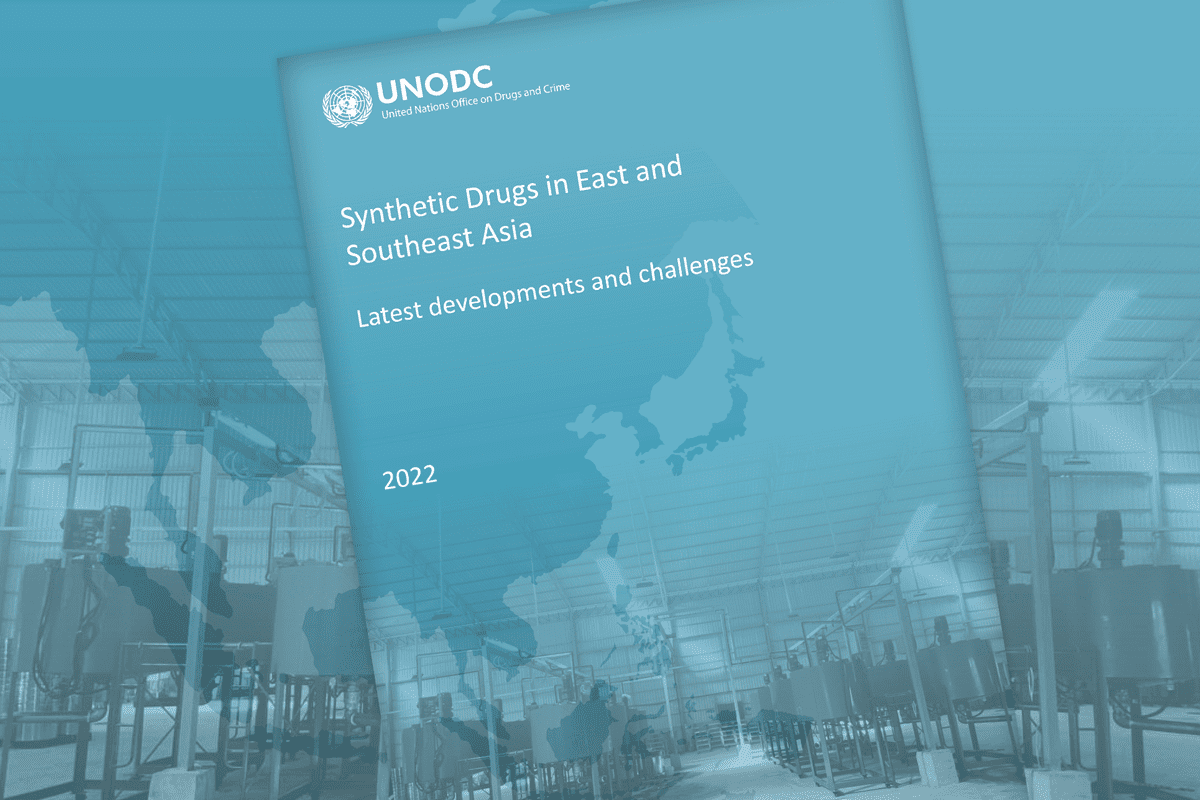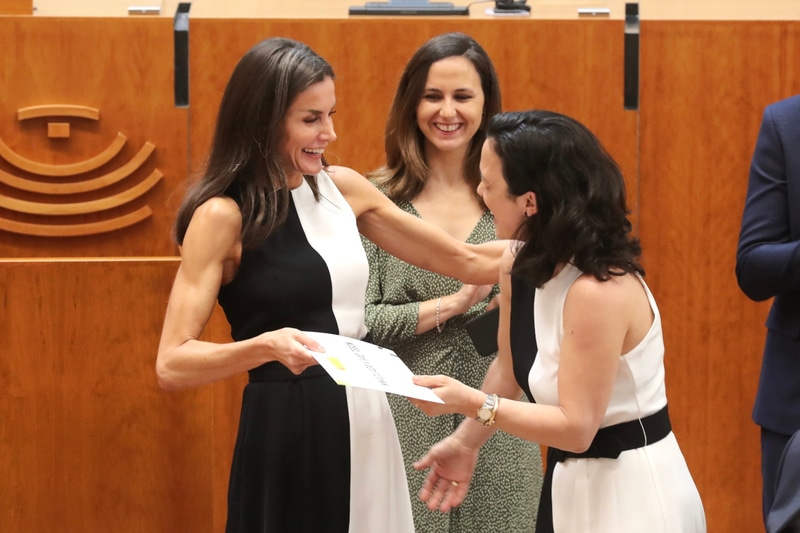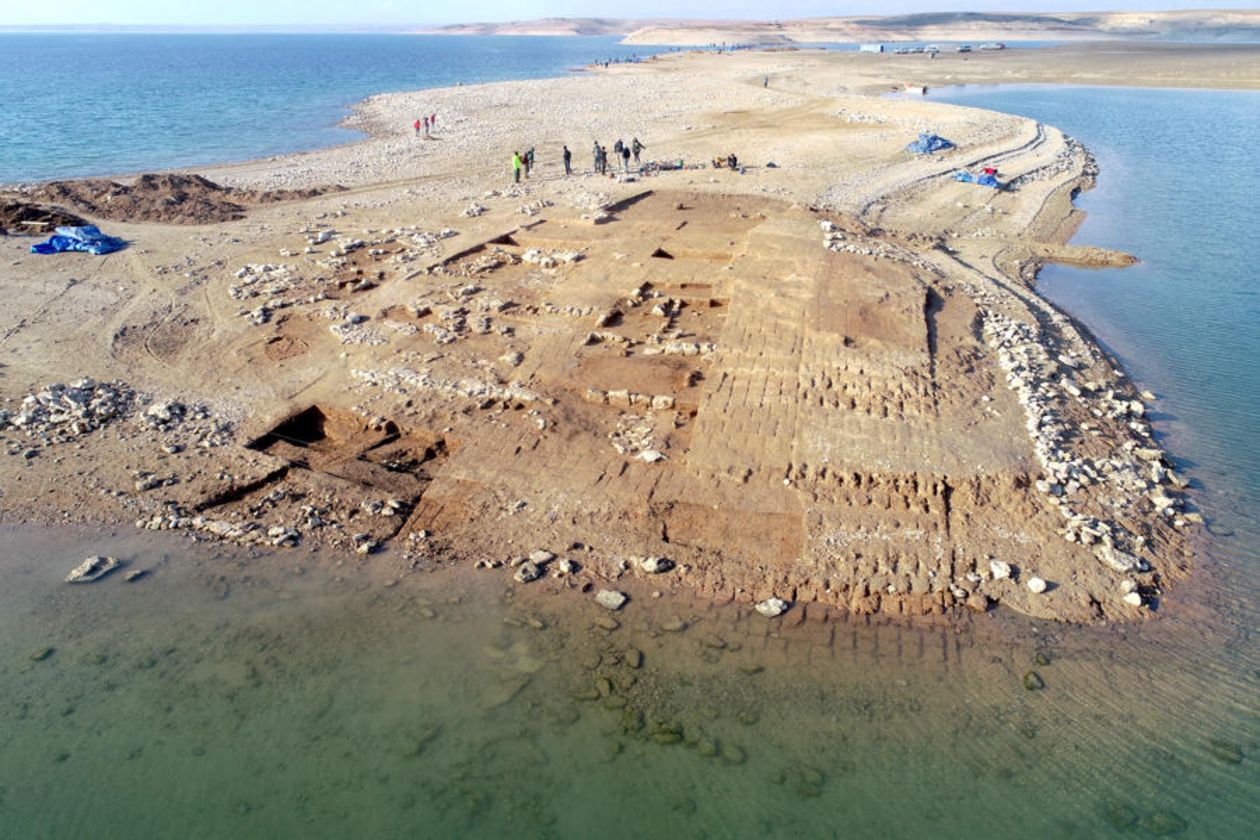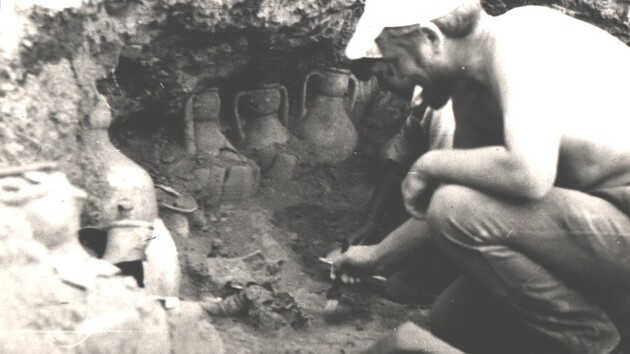Only five Ukrainian refugees traveled by train from Varna to the interior that morning. According to preliminary information, based on a survey of Ukrainians housed in the complexes around the city, between 200 and 250 people were ready to leave on May 29, 2022.
The Bulgarian institutions had set up an organization, the police had provided a corridor for the movement of refugees, four buses had been provided to transport them from Golden Sands to Varna railway station, but they arrived empty-handed. At the station, volunteers from the Bulgarian Red Cross and other organizations had provided drinks and food, as well as a children’s playground.
The idea was to move about 200-250 people today, but this morning most said they had decided not to travel but to look for accommodation themselves or go to Ukraine, Varna Regional Governor Blagomir Kotsev said. According to him, today the teams created by various departments are again going to the hotels in the complexes to find out how many people want to travel tomorrow.
In the Varna region, about 20,000 Ukrainians are accommodated in hotels, of which nearly 3,000 have already left. Seven thousand people had expressed readiness to move to the interior of our country by June 1, but at the moment the situation is clearly quite different, said Kotsev.
The district governor added that departmental bases in the Varna region can accommodate between 500 and 1,000 people and the places are reserved for the most needy among refugees.
Vyacheslav Radovanov from Odessa answered questions from the media from the Ukrainians who arrived at the station. The young man said that he was here with his grandmother. He said that he did not know exactly what the condition of the base where they were moving would be, his worries were that there would be only one pharmacy there. Radovanov did not express disappointment that he was leaving Varna, saying the trip was important to him.
Early in the morning, Mariana Tosheva, chairwoman of the State Agency for Refugees, arrived at the city’s train station. She expressed satisfaction with the established organization and thanked both the employees of the individual institutions and the volunteers. Tosheva announced that over 5,000 Ukrainian citizens have left our country in the last 24 hours. She said that the relocation of willing refugees from the sea to the interior of the country will take place in various bases, which are not reported for security reasons.
The trips will be made in stages, and the accommodation – according to the needs of the people, because among them there are many vulnerable groups, said Tosheva. According to her, the fact is taken into account that those accommodated in the individual hotels by the sea have already established their communities and the Bulgarian authorities are trying to respect their desire to stay together and where they will be relocated.
The flow of Ukrainian refugees leaving the country through the Durankulak border checkpoint is drastically increasing, said the director of the Dobrich Regional Council of the Bulgarian Red Cross, Dr. Artyun Erinozov.
On the 31st of May, from 8.00 am to 6.00 pm, 35 buses left for Romania, and only one with about 50 people entered Bulgaria, BNT reported.
For the past 24hrs, there were 38 buses leaving the country and four arriving. The number of refugees leaving by this transport is also increasing, according to the Border Police.
Data from the border checkpoints with Romania show that from May 16 to 22 there were 9,500 Ukrainians entering and 13,000 leaving, while in the last seven days 8,000 people sought refuge and 18,000 left, mainly in “Danube Bridge” and “Durankulak” border checkpoint.
There is a tendency for the arriving buses to carry 10-15 people, while on the way back they return full.
The head of the State Agency for Refugees, Mariana Tosheva, told BNR that many Ukrainians had left hotels on the Black Sea coast by bus and in their own cars.
The accommodation of refugees from Ukraine began today at the military base in the Sarafovo district of Burgas and at a temporary center in Elhovo. They will be there for several days before being transferred to state bases.



